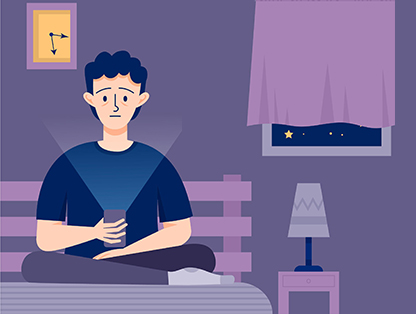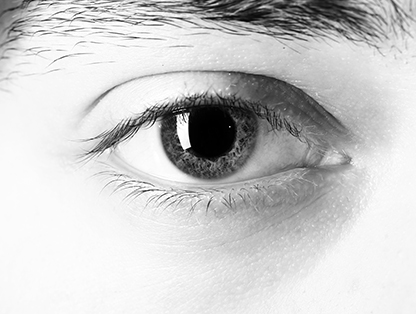
Luscher's Eight-Color Online Test
What can you tell about a person based on their favorite colors? Max Luscher believed that it could tell you a lot. His technique is based on the assumption that a person's unconscious choice of color reflects their mood and tendency toward depression, their focus on a certain activity, and can also indicate their most stable character traits.
The Luscher test occupies a significant place in the history of the development of projective psychodiagnostics. Despite the lack of scientific evidence for Luscher's theory, this tool was actively used to assess a person's personality traits, as well as some nuances of their current psychological state.
The technique proposed by Max Luscher was experimental at that time and drew a parallel between a person's color preferences and their individual characteristics. The first version of the test was published in 1948 and is also known as the "Luscher Eight-Color Test". This test will try to determine:
- The most obvious character traits.
- Your level of stress resistance and tendency toward depressive states.
- Your level of anxiety.
- The presence or absence of communication skills.
Advantages
The choice of color is universal for people of different ages, ranks and classes, which, according to Max Luscher, makes this test absolutely inclusive. Any cultural characteristics, the presence or absence of special knowledge do not affect the passing of the test. After all, this is just a choice of color based on the principle of "like-dislike".
Disclaimer
It is important to note that the Luscher test has not yet received scientific evidence of validity. The test presented here is intended solely for educational purposes, and its results can in no way be interpreted as expert advice. Your result can be saved and used for statistical analysis while maintaining anonymity.














